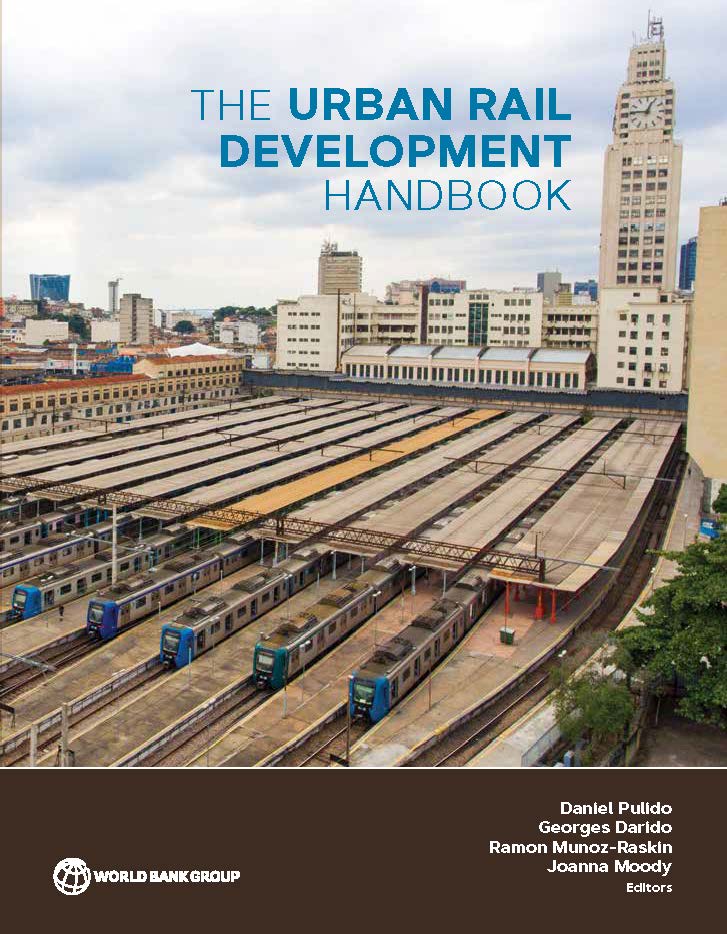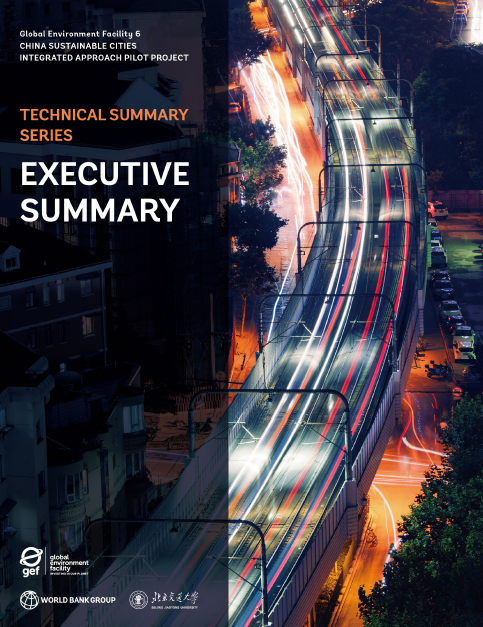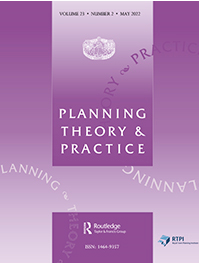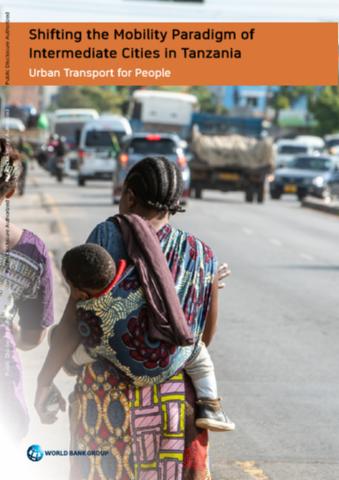The Urban Rail Development Handbook

-
Type
Resources
-
Includes:
-
Published
September 2018
Cities across the globe are looking to develop affordable, environmentally friendly, and socially responsible transportation solutions that can meet the accessibility needs of expanding metropolitan populations and support future economic and urban development. When appropriately planned and properly implemented as part of a larger public transportation network, urban rail systems can provide rapid mobility and vital access to city centers from surrounding districts. High-performing urban rail services, when carefully approached as development projects, can help enhance quality of life by giving citizens access to employment opportunities, essential services, urban amenities, and neighboring communities. The purpose of this Handbook is to synthesize and disseminate knowledge to inform the planning, implementation, and operations of urban rail projects with a view towards:
- Emphasizing the need for early studies and project planning;
- Making projects more sustainable (economically, socially, and environmentally); -- Improving socioeconomic returns and access to opportunities for users; -- Maximizing the value of private participation, where appropriate; and
- Building capacity within project implementing and managing institutions This Handbook provides experiential advice to tackle the technical, institutional, and financial challenges faced by decision makers considering urban rail projects.
It brings together the expertise of World Bank staff and the input of numerous specialists to synthesize international 'good practices' and recommendations that are independent of commercial, financial political, or other interests. The material presented is intended as an honest-broker guide to maximize the impact and manage the challenges of urban rail systems in cities in both developed and developing countries. Rather than identify a single approach, this Handbook acknowledges the complexities and context necessary when approaching an urban rail development by helping to prepare decision makers to ask the right questions, consider the key issues, perform the necessary studies, apply adequate tools, and learn from international good practice all at the right time in the project development process.
Download here



